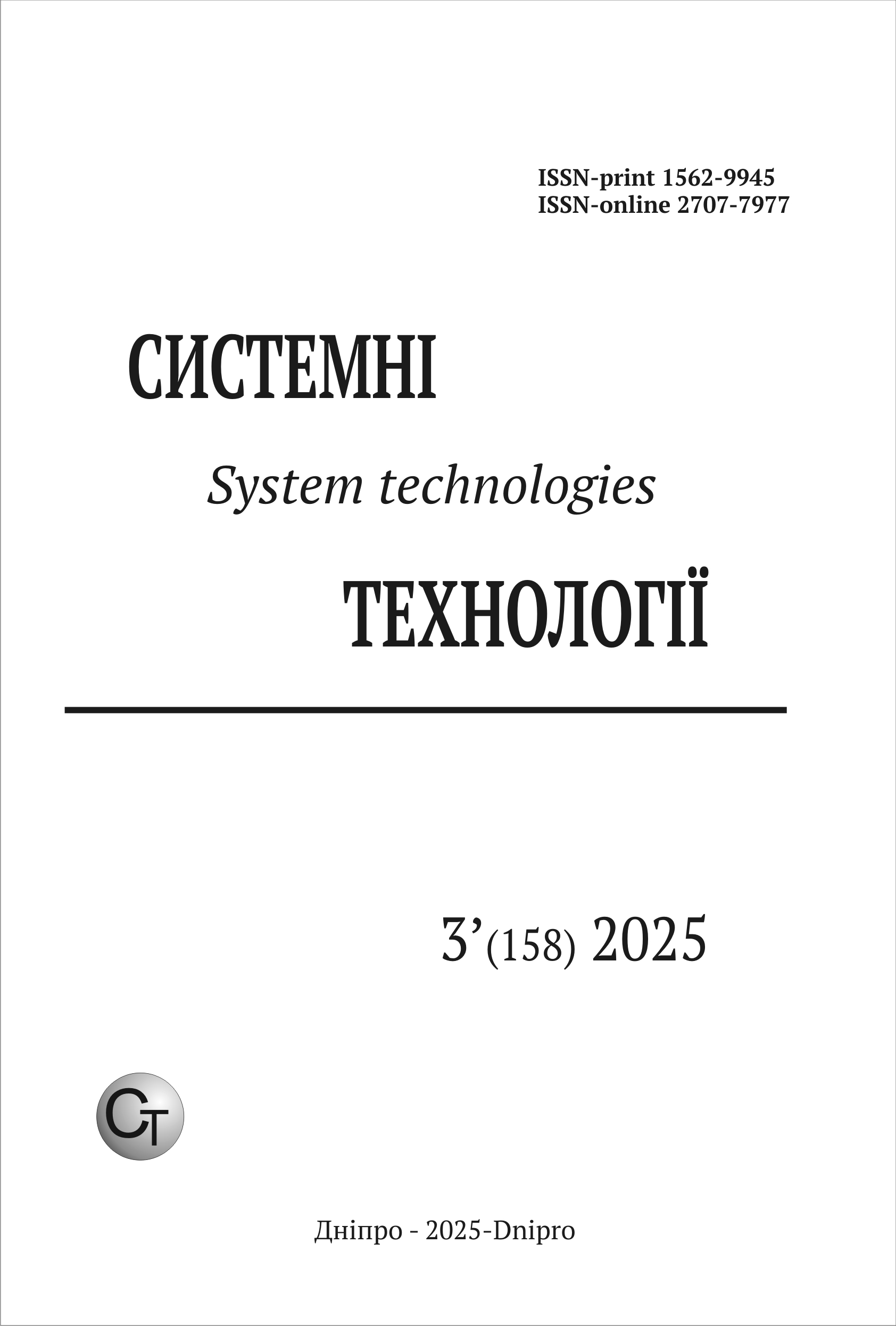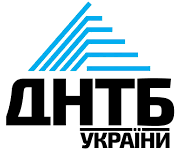Attribute saturation of the constructive-synthesizing model of the DC traction power supply system section
DOI:
https://doi.org/10.34185/1562-9945-3-158-2025-10Keywords:
constructive-synthesizing modeling, direct current traction, formal grammars, constructor, software, information technologies.Abstract
This article is one of three that collectively explore the solution to the problem of recu-perative energy distribution for its rational use. The solution is achieved through construc-tive-production modeling, and the fundamental principles of this approach are outlined. Building on the previous article, a general constructive-synthesizing model for the DC traction power supply section was introduced. This model tackles several challenges, includ-ing reducing electricity consumption in both railway and urban public electric transport sys-tems. Its core objectives involve identifying the availability and specifications of traction sub-station equipment and optimizing the use of recuperation energy. Furthermore, it can address other issues related to the design of traction power supply systems. An illustrative example of a linear power supply section layout with three substations is also presented. In the current article, additional attribute data of the constituent elements enriches the previously developed general constructive-production model of the DC traction power supply section. By interpreting the model through algorithmic constructor tools, various constructive systems can be formed. One such system is designed to randomly determine the attributes of electrical equipment and train scenarios from a set of potentially possible options. These al-ternatives are then evaluated by experts to inform decisions regarding the use of recuperation energy. Future development will focus on creating a fuzzy logic-based control system using this expert data. Another system is aimed at collecting real-world data on the state of electrical equipment and train scenarios to enable automated energy distribution management. The approach is exemplified by a developed scheme of a linear power supply section featuring three substations. The next article will show how the system for managing recuperation energy distribu-tion using fuzzy logic is constructed.
References
Shynkarenko V.I. Constructive-Synthesizing Structures and Their Grammatical Interpreta-tions.I. Generalized Formal Constructive-Synthesizing Structure / V.I. Shynkarenko , V. M. Ilman // Cybernetics and Systems Analysis, 50(3), 2014, 655-662. DOI: 10.1007/s10559-014-9655-z
Shynkarenko V.I. Structural Models of Algorithms in Problems of Applied Programming. I. Formal Algorithmic Structures / V.I. Shynkarenko, V.M. Ilman, V.V. Skalozub // Cybernetics and Systems Analysis, 45(3), 2009, 329-339. DOI : 10.1007/s10559-009-9118-0
Shynkarenko, V. Constructive-Synthesizing Modelling of Multifractals Based on Multi-constructors / V.Shynkarenko, R.Chyhir // 14th International Scientific and Practical Pro-gramming Conference, UkrPROG 2024, CEUR Workshop Proceedings.Vol. 3806,pp. 75–88.
Shynkarenko V. I. Konstruktyvno-produktsiine modeliuvannia systemy elektropostachan-nia tiahy postiinoho strumu / V.I. Shynkarenko, A.I. Huda, O.I. Sablin, O.P. Ivanov // Sys-temni tekhnolohii. Rehionalnyi mizhvuzivskyi zbirnyk naukovykh prats. – 2024. – Vypusk 6 (155). – S. 145-158. [in Ukranian] DOI : 10.34185/1562-9945-6-155-2024-14
Sablin O. Rational distribution of excess regenerative energy in electric transport systems on the basis of fuzzy logic application / O. Sablin, V. Kuznetsov, V. Shinkarenko, A. Ivanov // The archives of transport, 42(2), 2017, 7-17. DOI: 10.5604/01.3001.0010.0527
Khodaparastan M., Mohamed A.A., Brandauer W. Recuperation of regenerative braking energy in electric rail transit systems. IEEE Trans. Intell. Transp. Syst. 20(8), 2019, 2831–2847. DOI: 10.1109/TITS.2018.2886809
Chen J., Hu H., Ge Y., Wang K., Huang W., He Z. An Energy storage system for recy-cling regenerative braking energy in high-speed railway. IEEE Trans. Power Deliv. 36(1), 2021, 320–330. DOI: 10.1109/TPWRD.2020.2980018
Deng W. et al. Back-to-back hybrid energy storage system of electric railway and its con-trol method considering regenerative braking energy recovery and power quality improve-ment //Proceedings of the CSEE, –. 39(10), 2019, 2914-2924. DOI: 10.1016/j.energy.2022.123263.
Hu H., Liu Y., Li Y. Traction power systems for electrified railways: evolution, state of the art, and future trends. Rail. Eng. Science 32, 2024, 1–19,. DOI: 10.1007/s40534-023-00320-6
Downloads
Published
Issue
Section
License
Copyright (c) 2025 System technologies

This work is licensed under a Creative Commons Attribution 4.0 International License.















